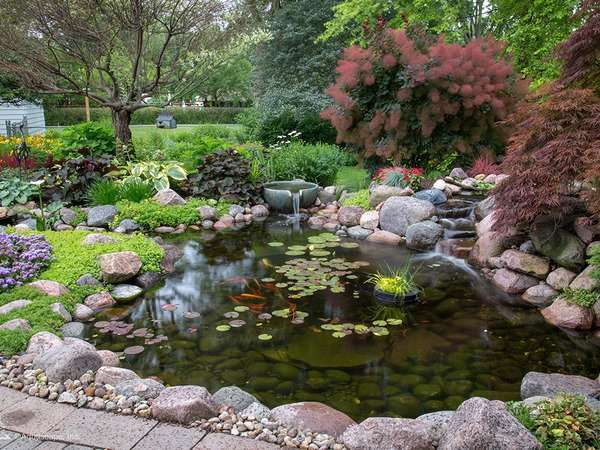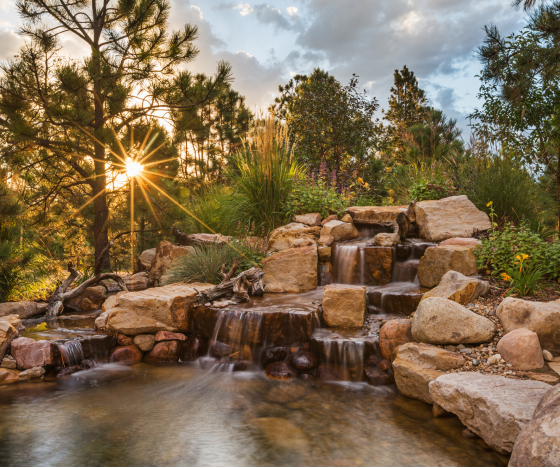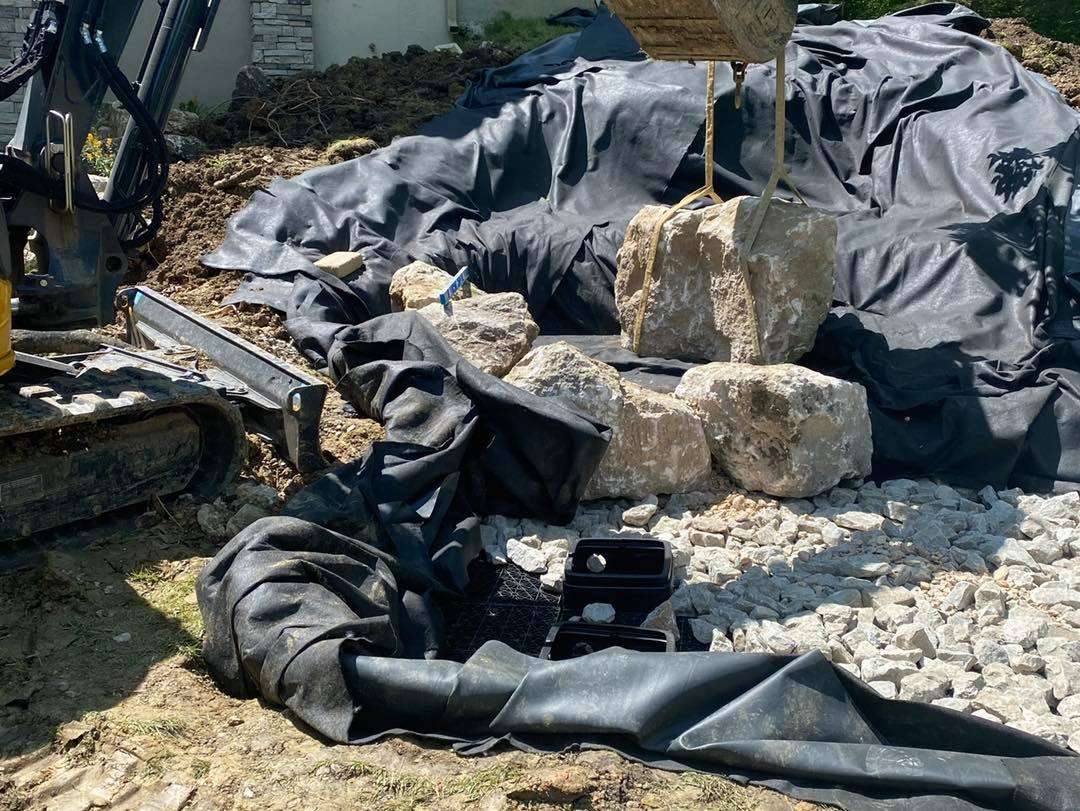You’ll Love The Way Your Koi Pond Looks After We’re Done Cleaning It

There’s nothing worse than having a dirty koi pond in your backyard. It goes from a unique and beautiful feature to an eyesore. Let’s turn it back into the koi pond you know and love.
In this post, you’ll find out how we clean koi ponds for our clients. You’ll also find out the importance of the steps that need more explanation from a professional koi pond builder in Kansas City, MI.
It’s Dirt Dirty
“You’re right, it really is that dirty,” sighs Michael.
Jennifer sighs back. “How’d it get like this?” Michael shrugs. “Not too sure. My guess is that it’s finally been long enough to where this kind of thing just happens. You know, like how cars just get dirty.”
Jennifer nods thoughtfully. “That’s a pretty good analogy hon. Looks like we need to contact our pond contractor to clean it up. For how much a koi pond costs we need to keep it clean and looking good.”
Michael gets his phone out. “First, I want to see how they’re going to clean it. I heard you can either drain it or not and I want to know which they do.” He starts looking it up on Google.
Here’s what he finds:
The Best Way To Clean A Koi Pond

- Drain the water almost all the way down
- Move any fish to a tub filled with their old pond water
- Finish draining
- Removing debris from the bottom
- Flush the sides and bottom
- Power wash the sides and bottom
- Clean filters
- Check on any additions such as lights and filters
- Trim plants
- Refill the pond
- Treat the water
- Slowly reintroduce the fish back to their fresh and clean home
The Importance Of These Steps

Draining. Draining the water lets us do a deeper and better clean. We can more easily find problems with additions as well as remove debris, algae, and muck. We don’t remove all of it because it’s still part of the pond ecosystem.
Moving fish. We use a tub with their pond water so they don’t go into shock. Fish are sensitive to the water they’re in. New water has a different feel and makeup, so it can cause them to go into shock.

Removing debris. Algae, leaves, sticks, and other things can fall in and turn into muck. We remove it so you can see the beautiful rock bottom of your pond.
Flushing and power washing. This helps remove more muck on the sides, bottom, and rocks. Your pond will look spick and span afterward!
Clean filters. We want to make sure your pond can continue to clean itself and keep the water clear. Cleaning the filter units will help with this.

Checking additions. Bulbs can burn out and other additions can have technical problems. We want to make sure they’re in tip-top shape so you can keep enjoying your pond to the max.
Trim plants. Plants can get out of control and start looking bad or taking over your pond. We’ll get them back to how they should be.
Treat the water. We need to make the water suitable for your fish.
Slowly introduce fish. Throwing your fish into new water can cause them to go into shock. The best method we’ve found is to put them into a bucket, set the bucket into the water, and splash some new water in. Do this every so often for 10 to 15 minutes. Then, let them out.
You May Also Like To Know
“Alright, now I’m ready to give them a call, are you?” asks Michael. Jennifer nods. “Sure am! While you do that, I’m going to see what else is on this blog.”




One of my friend has a koi pond in her backyard and she wants to hire a service that can help her clean it. It’s thoughtful of you to mention that flushing and powder washing can help to remove more muck on the sides, bottom, and rocks. I will be sending this article to my friend so that she can get started on the appropriate steps for her pond cleaning!